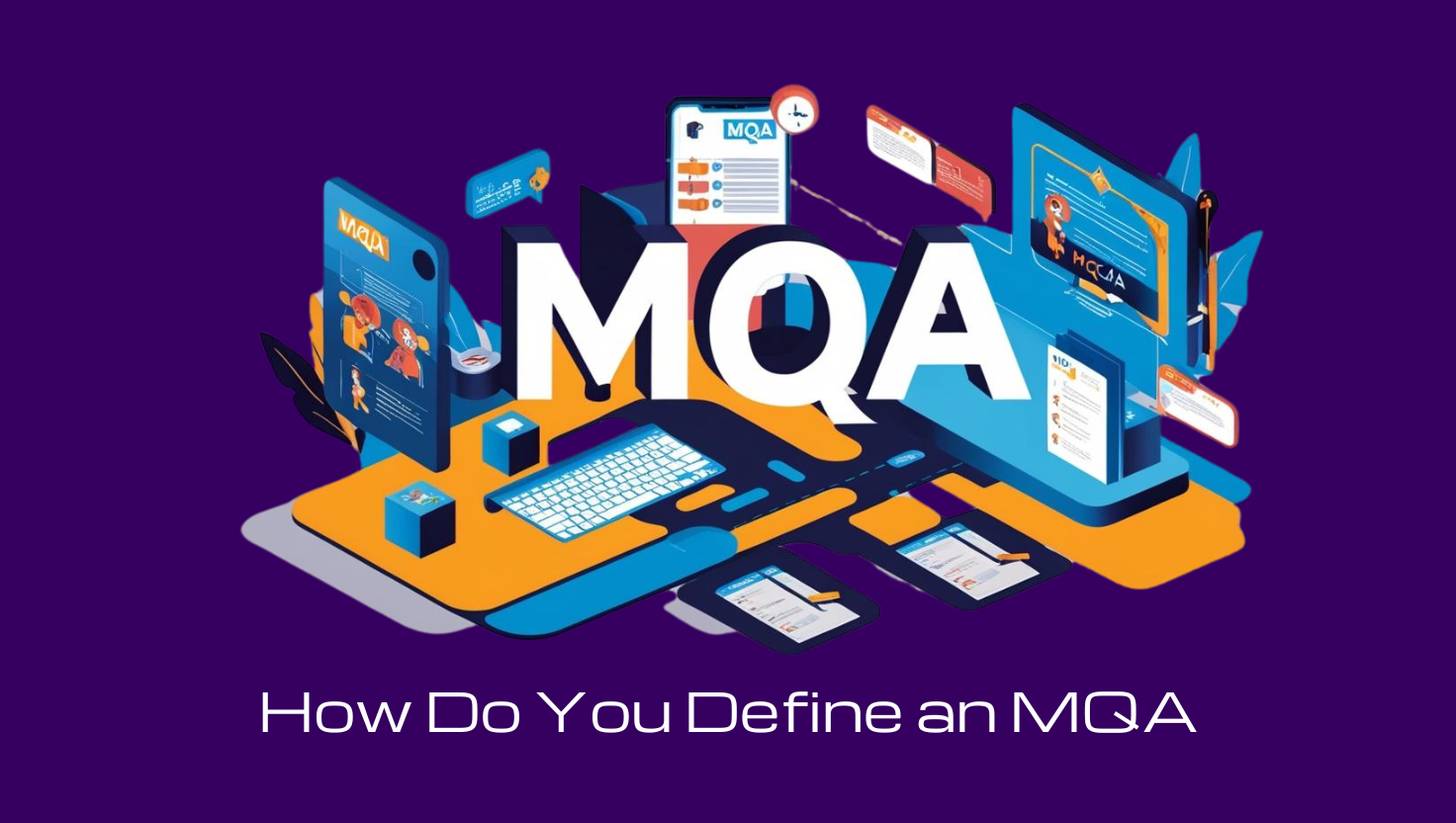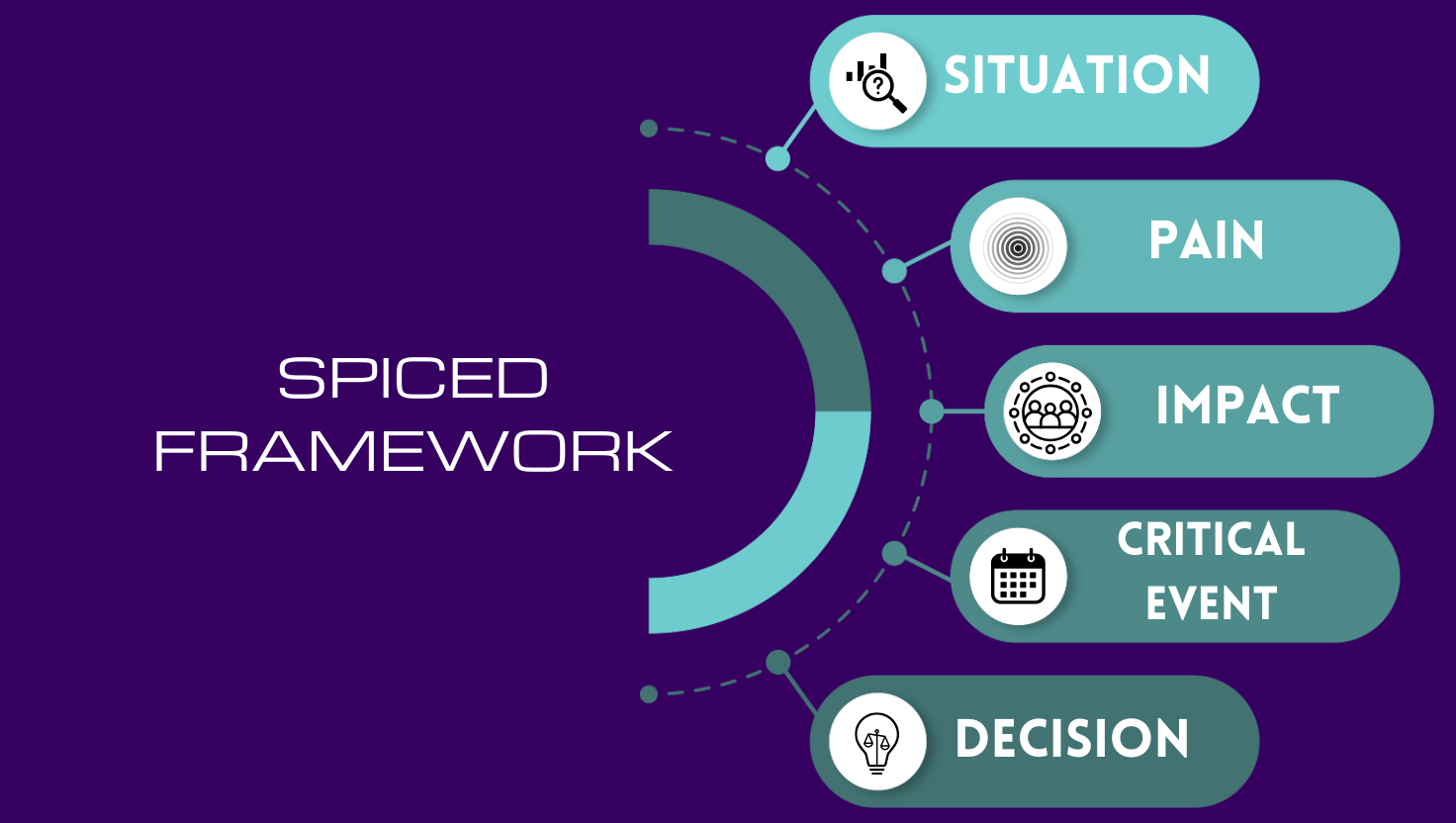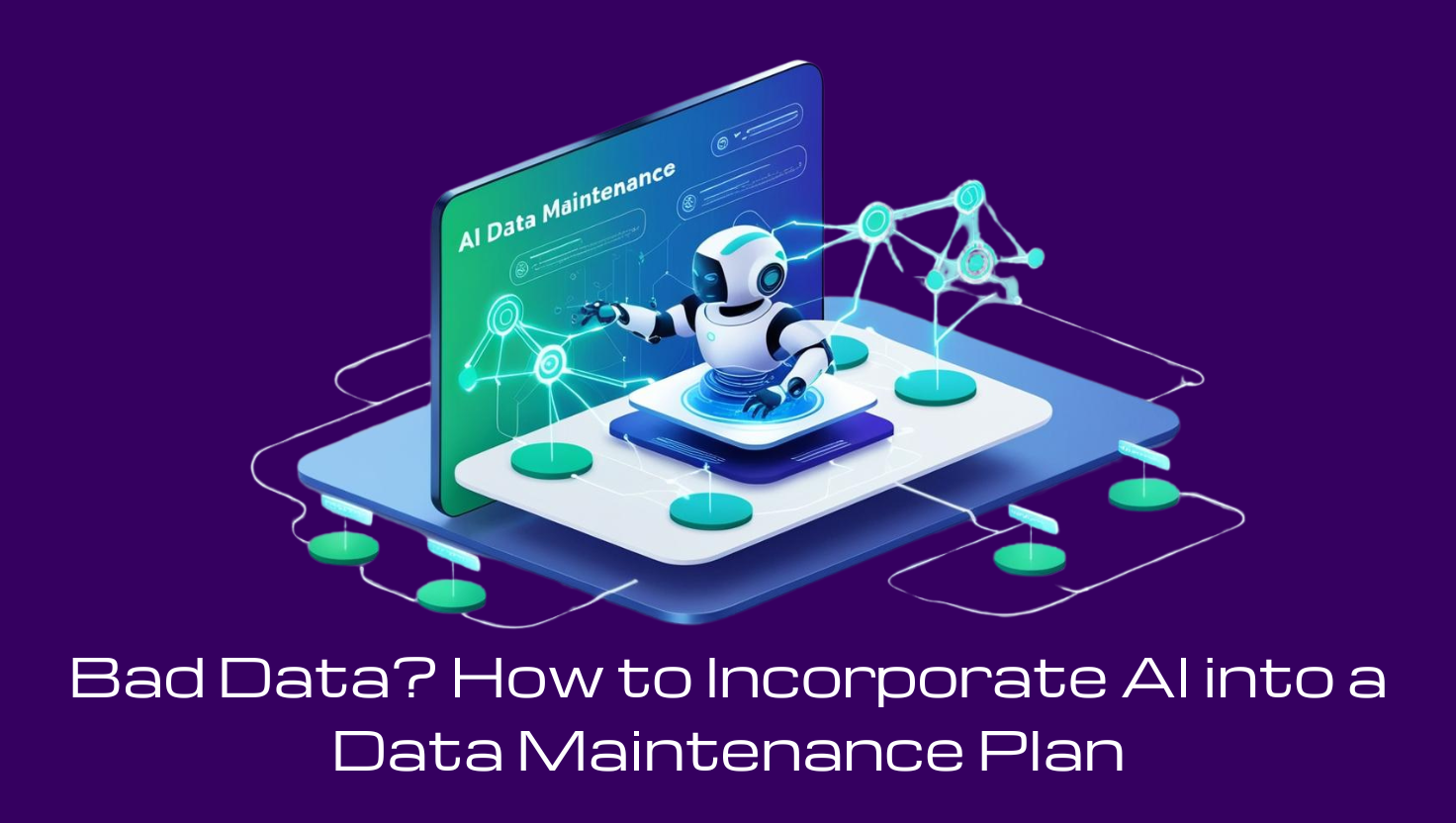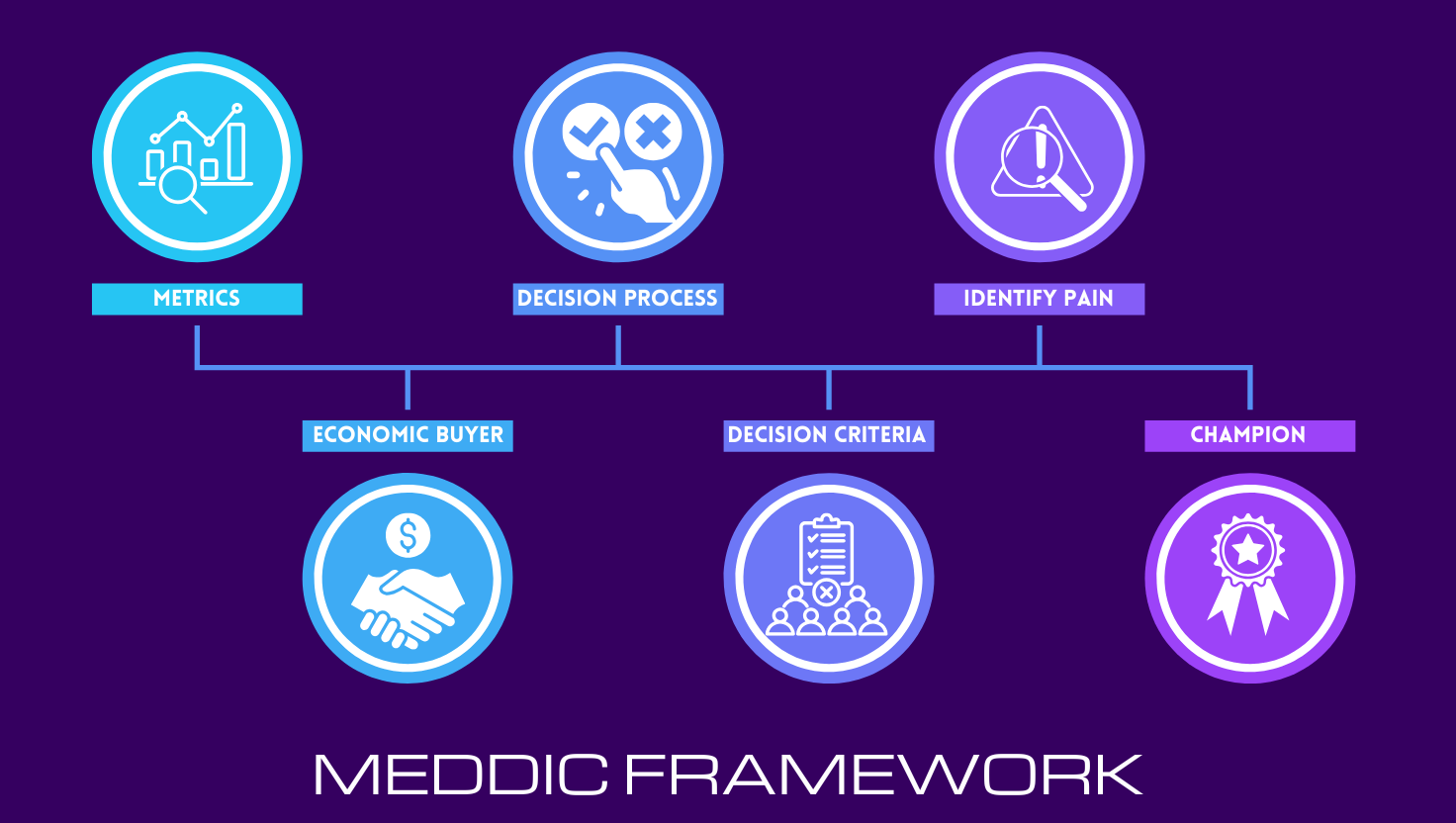How Do You Define an MQA?
One of the biggest challenges revenue teams face is misaligned lead qualification criteria —especially when it comes to defining an MQA (Marketing Qualified Account). If sales and marketing don’t share a common definition, pipeline forecasting becomes unreliable, handoffs get messy, and revenue opportunities slip through the cracks.
Let’s break down exactly what an MQA is and how to define it effectively for your business.
Why Defining an MQA Matters
An MQA isn’t just any account that interacts with your brand—it’s an account that has demonstrated enough engagement to indicate potential buying intent. Without a standardized definition, sales teams may dismiss marketing-generated accounts as low quality, while marketing teams may over-report success based on superficial engagement signals.
Why Talk About MQAs Instead of MQLs?
Traditional lead-based marketing models focus on MQLs (Marketing Qualified Leads), which qualify individual contacts rather than entire accounts. However, in account-based marketing (ABM) and complex B2B sales cycles, decisions are rarely made by a single person. An MQA accounts for engagement from multiple stakeholders within an organization, making it a more accurate predictor of sales readiness than an individual MQL.
Common symptoms of a poorly defined MQA include:
- Inconsistent pipeline data – Sales and marketing report vastly different numbers.
- Missed opportunities – Accounts with real interest don’t get the right follow-up.
- Wasted sales efforts – SDRs waste time on accounts that aren’t truly sales-ready.
The solution? A clear, standardized MQA definition that ensures both teams are working toward the same goal.
Breaking Down the Lead Journey: Where Does an MQA Fit?
To properly define an MQA, you first need to understand its place in the account journey :
- Suspect: An unqualified account in your database with no verified engagement.
- Prospect: An account that matches your ICP and has accurate contact details.
- MQA (Marketing Qualified Account): An account that has engaged meaningfully with marketing and shows signals of buying intent.
- SQA (Sales Qualified Account): An MQA that has been vetted by sales and is open to a conversation.
- Pipeline: An SQA that has a clear need, a champion, and an active sales process.
- Closed Won: A converted customer with a signed contract.
How Do MQAs Compare to PQAs?
PQA (Product Qualified Account) is another account-based qualification metric commonly used in product-led growth (PLG) motions. While MQAs focus on marketing engagement signals, PQAs layer on on product usage data to determine readiness for conversion. If your business has a self-serve or freemium model, integrating both MQAs and PQAs into your sales strategy ensures you capture intent signals from different channels.
How to Define an MQA for Your Business
1. Align Sales and Marketing
Both teams need to agree on what qualifies an account as an MQA. Set up structured discussions to align expectations and eliminate any gray areas.
2. Use Firmographic, Technographic, and Engagement Criteria
An MQA should meet a combination of these criteria:
- Firmographic: Industry, company size, revenue, and geography.
- Technographic: Tech stack, existing software, and complementary tools.
- Engagement: Website visits, content downloads, webinar attendance, and intent signals.
3. Implement in Salesforce
Enable MQAs in SaaSTrack to instantly start tracking with your refined definition.
4. Leverage AI for Better Accuracy
AI can analyze large volumes of engagement data, identify patterns, and predict which accounts are most likely to convert. AI-driven intent tracking can:
- Monitor account activity across multiple channels.
- Score MQAs based on historical conversion data.
- Automate lead prioritization to optimize sales efforts.
5. Train Your Teams
Host workshops to ensure marketing and sales teams apply the MQA definition consistently. Provide clear documentation and reference materials.
6. Review and Optimize Regularly
As market conditions evolve, your MQA definition should too. Conduct quarterly reviews to refine criteria based on data and feedback.
Common Pitfalls When Defining MQAs
Even with the right intentions, organizations often run into issues when defining MQAs. Here are a few common pitfalls to avoid:
- Over-Reliance on Surface-Level Engagement: Not all website visits or email opens indicate buying intent. Ensure MQAs are based on meaningful interactions.
- Failure to Adjust Over Time: Market trends change, and so should your MQA criteria. Regularly revisit and refine definitions.
- Misalignment Between Teams: If sales and marketing have different expectations of what qualifies as an MQA, handoffs become chaotic. Ensure ongoing alignment.
- Ignoring AI-Driven Insights: AI tools can provide valuable data on engagement trends and predictive scoring. Not leveraging them means missing opportunities.
Final Thoughts
Defining an MQA isn’t just about setting a threshold—it’s about creating alignment, improving forecasting accuracy, and driving predictable revenue growth. By ensuring both sales and marketing speak the same language, you build a seamless lead qualification process that maximizes efficiency and conversion rates.




